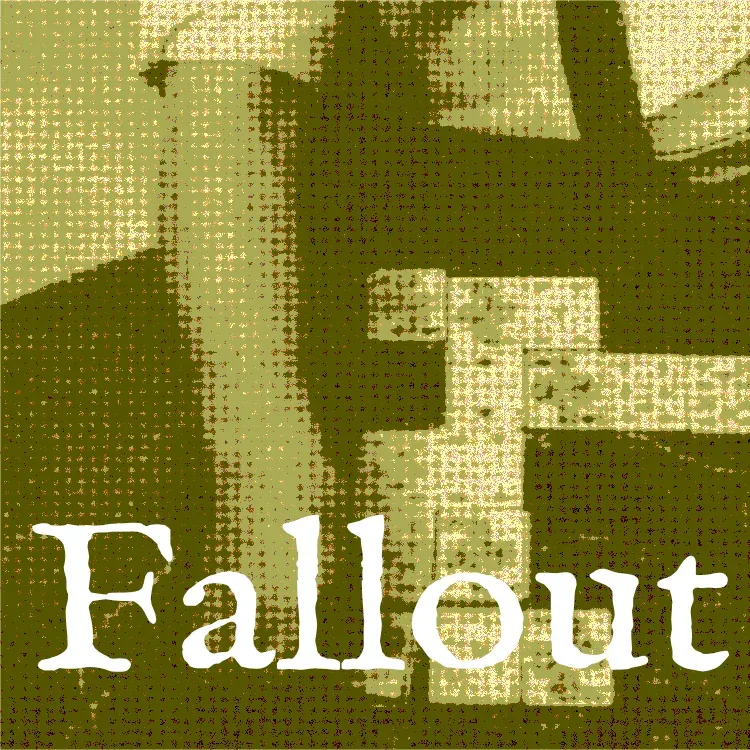Hard times in a world of plenty
The effects of war
This week I finally got my mitts on the Global Food Security Index (GFSI). This annual report has become the pre-eminent source of global intelligence on the drivers of global food security. For me, this is a document that has come and gone, pretty much unremarked over the past 20-odd years, except this year. This year is different. Despite the ongoing war, Ukraine (Ukr) had harvested an impressive 25.9 million tonnes of grain from 60% of seed sown as of 9 Sept 2022. Yet the overall figure will understandably be lower this year, with an end-of-harvest estimate sitting at 55.4 million tonnes of grain harvested versus 84.8 million tonnes in 2021.
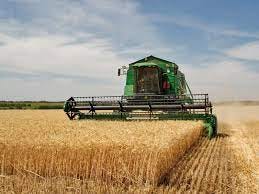
Of this figure it had harvested 19.2 million tonnes of wheat (undisclosed types) in bunker weight and the yield at 4.1 tones per hectare, in 2021 it was 32 million tonnes. Ukr had also harvested 5.5 million tonnes of barley from 100% of the area (total crops sown 21/22) and close to 250,000 tonnes of peas from 98% of the sown area. It important to note that a lot of Ukr farming infrastructure was targeted early in the war, with barns and silos deliberately destroyed.

On the flipside, Russia (Rus) has harvested an extra five million tonnes from occupied Ukr territories as of 4 Oct 2022, a figure confirmed by Russian Federation Agriculture Minister Dmitry Patrushev. These are crops that have not necessarily been sown and tended by Rus, some will have been stolen, adding to the mounting list of Russian war crimes. This harvest will form part of the estimated (International Grains Council (IGC) 092022) 93.4 million tonnes of wheat gathered in 2022, cementing the Russian place as the global leader in wheat production and export.
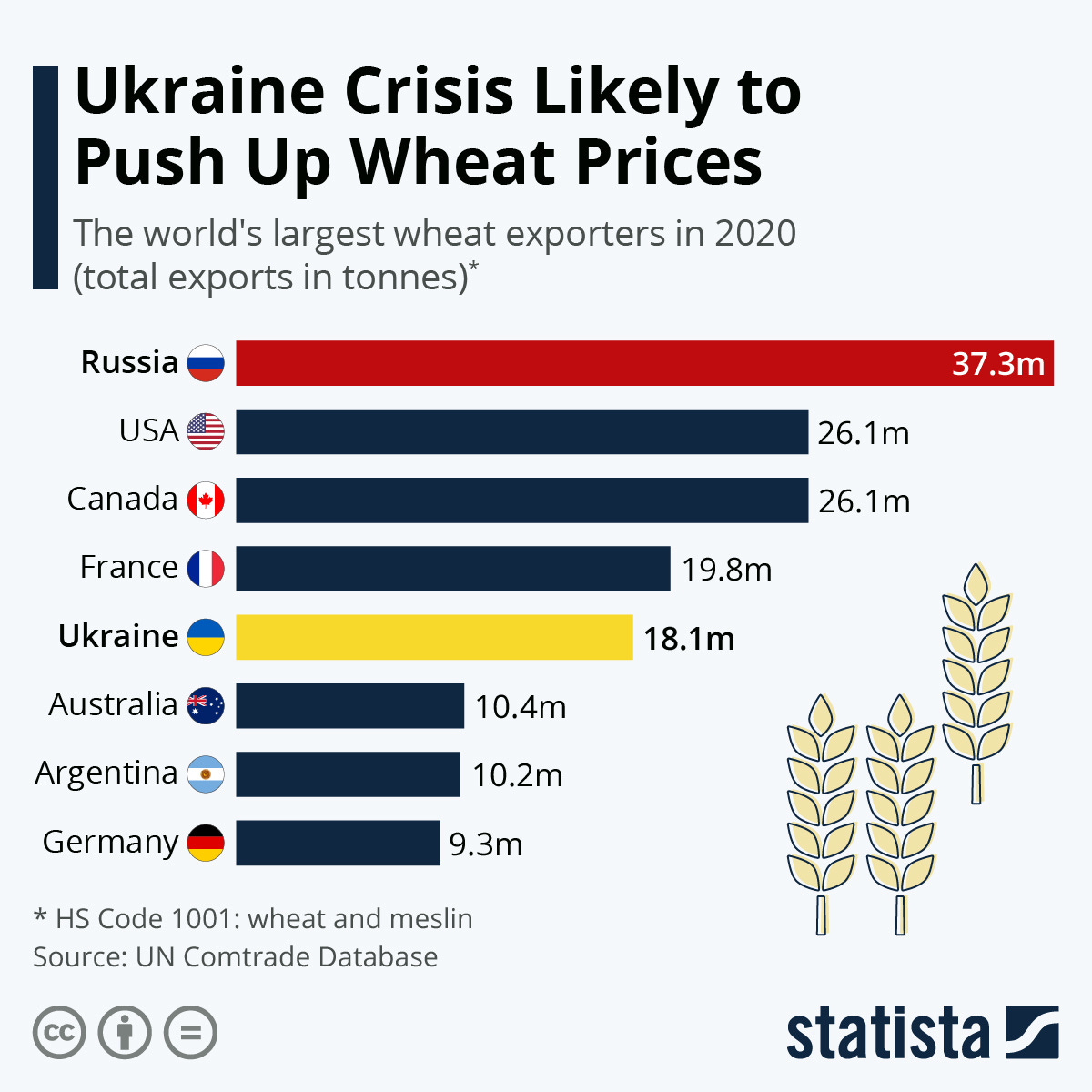
This is a huge jump and in terms of food security, is reassuring as grain remains available for export (certain foodstuffs are exempted from current embargos. The final production figure, whilst impressive, will not reassure the wider global community though. The International Monetary Fund (IMF) however remains concerned over food security, with 345 million people facing the prospect of food shortages, not helped by fertiliser export restrictions and climate change.
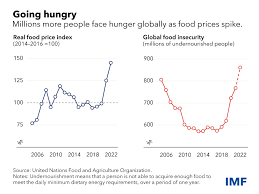
The war aside, in 2016 the Organisation for Economic Co-operation and Development (OECD) recognized the danger and threats presented by climate change in the grain-growing regions of Ukr and south-west Rus. Sitting alongside the need to modernize its management systems and technology recourses, the Ministry of Agrarian Policy and Food of Ukraine began working alongside a range of partners to help further streamline and update its agricultural processes that had started in 1995. By 2016 the spectre of climate change, which could just as easily destroy rather than grow crops, loomed large in the proverbial rearview mirror, with an increase in rights in the southern Steep region. Agronomists, scientists and farmers worked hard on maximising output, and developing drought-resistant crops alongside robust systems.
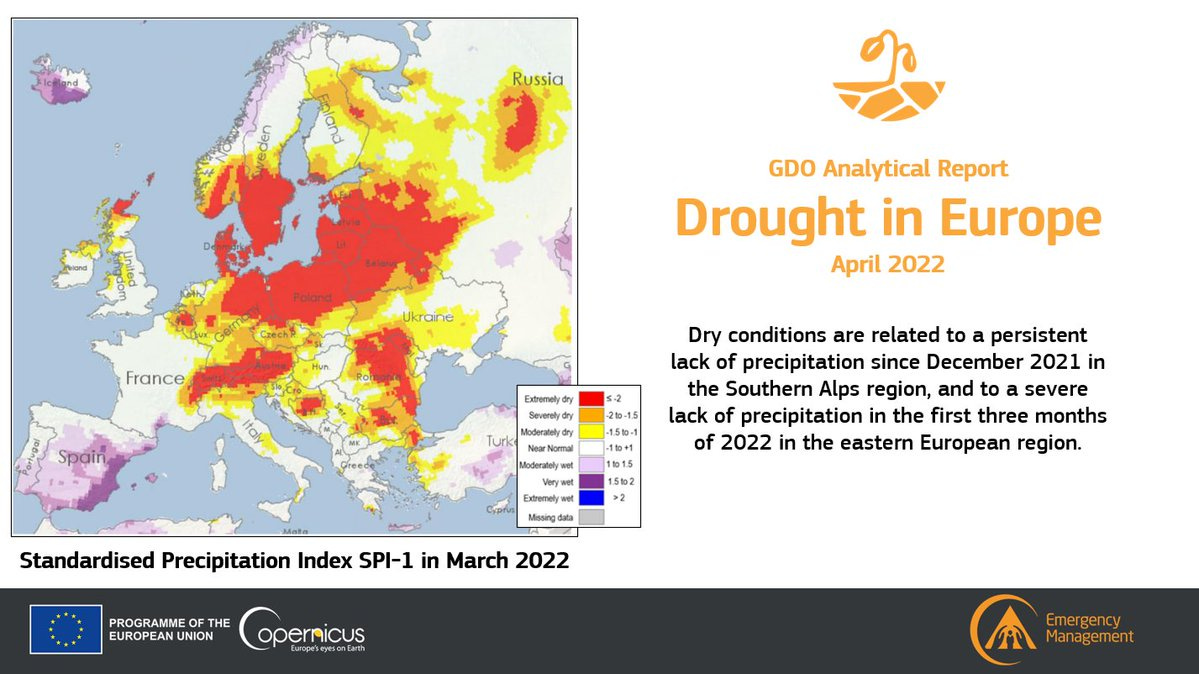
What followed were a series of fluctuating harvests and by extension, exports, which remained almost consistently sub 20 million tonnes, except for the 2019/20 harvest. The Rus invasion has seen the need for Ukr to raise much-needed capital to help finance its war economy, with, so far, 24 million tonnes exported.
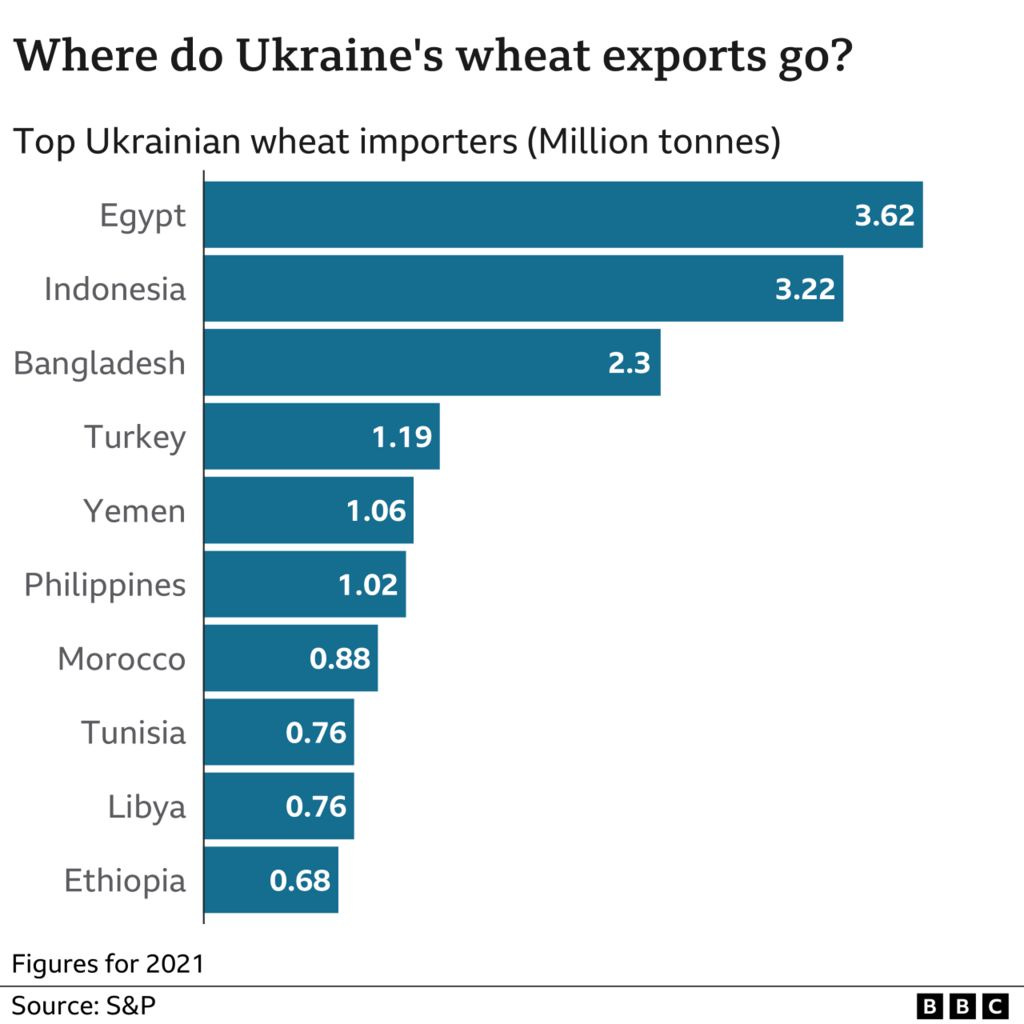
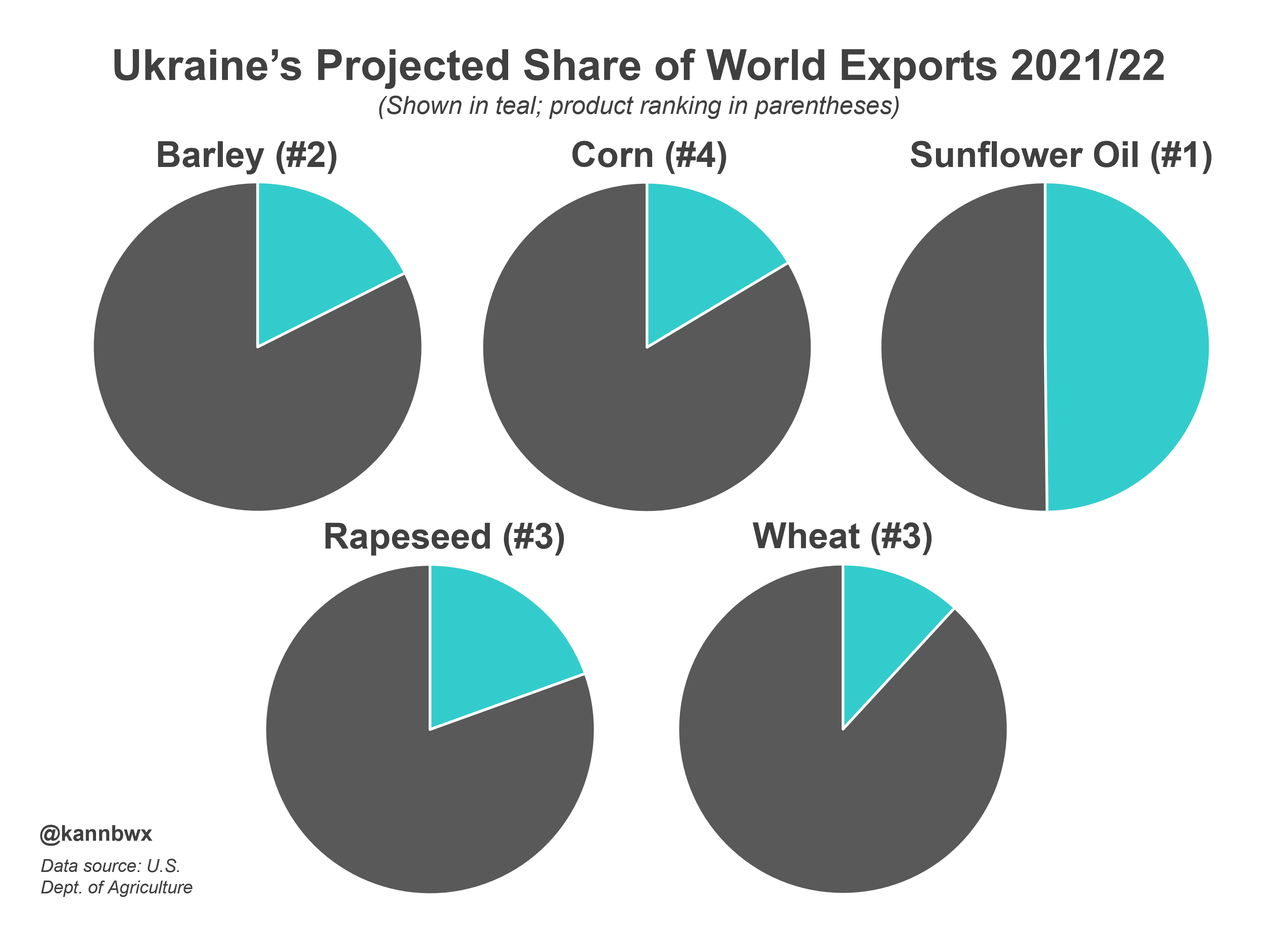
The Russians also need to finance a war they are fighting badly. The restriction of fertilizers exports, which previously made $7.6bn alone in 2020, will lose Rus valuable money, but the 2022 bumper harvest will give them an impressive 36.5 million tonnes to export. Allied to continued growth in global wheat production figures now at 792 million tonnes in 2022/23 (North and south hemisphere production rates combined), it’s safe to say, at this point, we are producing enough wheat for everyone.
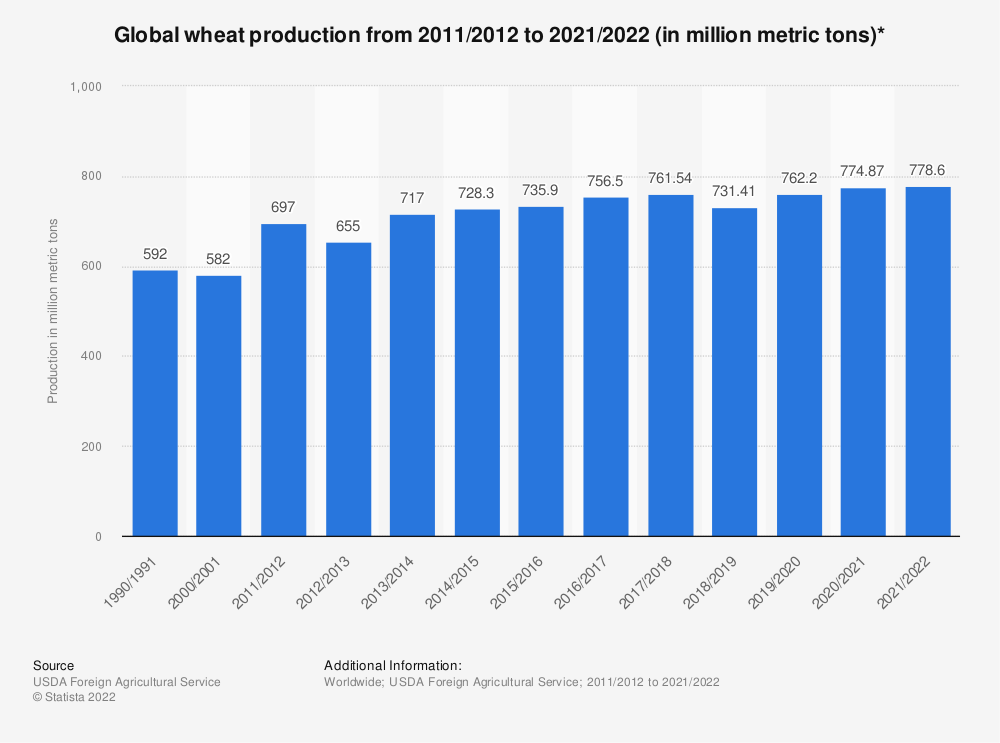
Yet global food security has become increasingly fragile over the past 15 years. There is a growing increase in overall costs, market instability, global social-political unrest, and the continued and increasingly severe effects of climatic change. Allied with these are an increase in global inflation (affordability), a lack of national nutritional planning, overall food production education and an unfathomable desire to invest in fossil fuels and all the pollution that results from them.
These factors will feature far more heavily in the growth of malnutrition, hunger and starvation, leading to future conflicts, than the war in Ukraine. Sub-Saharan Africa will once again pick up the bill if we are not careful, and all of this could well be taking place in the shadow of another global depression.
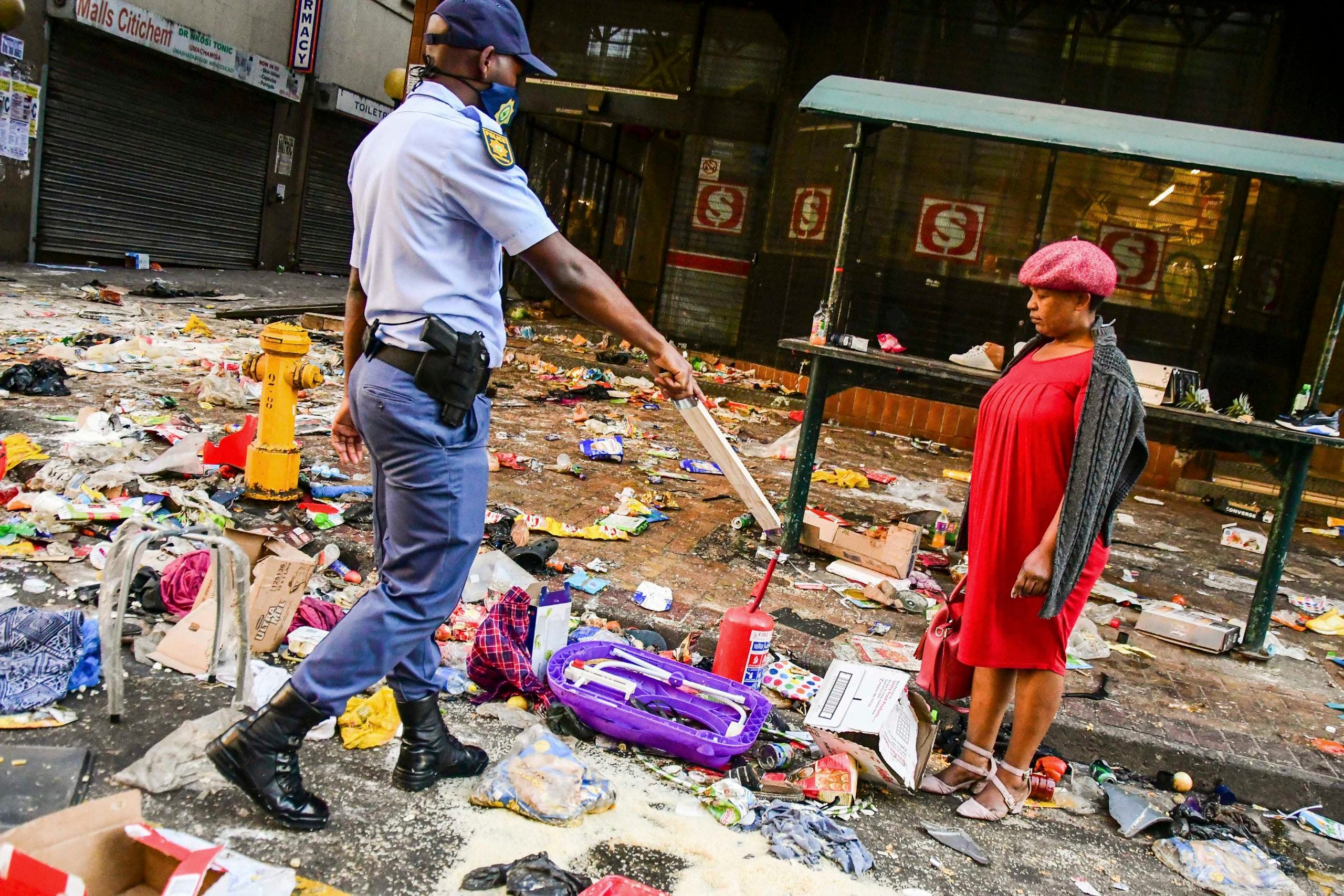
The Russian invasion of Ukraine may well have reminded us about the importance of local (European/northern hemisphere) food security. But the real lesson we’ve failed to appreciate is that the ripples of conflict will expand further from the point of contact than we realise, and the effects will be just as devastating.

Thanks for reading Fallout! Subscribe for free to receive new posts and support my work.
